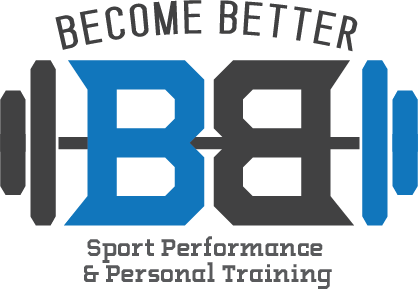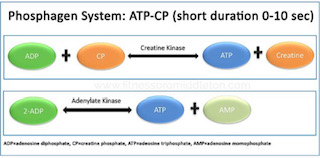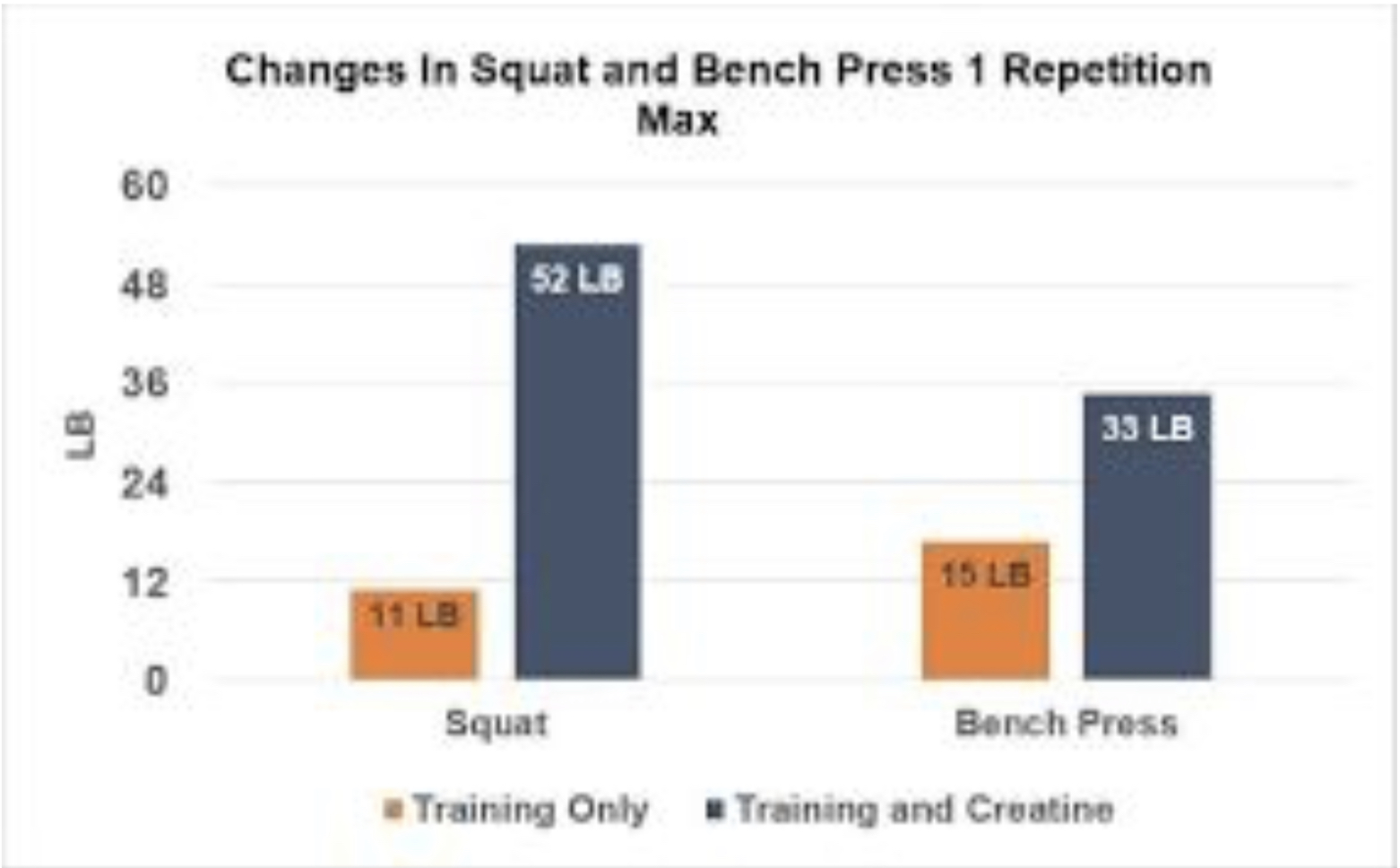What is Creatine? Should I Take It?
For those of you who do not like to read, or don’t like the science behind it all, here are the cliff notes.
Creatine is made naturally in the body and helps you produce energy in activities lasting <10s
Creatine has been shown to help athletes gain strength, but also has other benefits such as:
Gain and Maintain muscle mass along with strength in older adults
Helps memory
Reduce the risk of ALS
Creatine is safe to take as long as you don’t have any other pre-existing kidney/liver issues
It is best to take after workouts in 5g doses, or loading by taking 5g 4x/day for ~5 days and then maintaining by having an average of 2-3g/day.
The real article:
Creatine supplements are commonly taken by athletes to increase muscle size and strength. However, not many understand what creatine actually is, or how it works. Some confuse it with steroids and think it is unsafe. Others may think that ONLY athletes would take this supplement because of its potential effects on strength. Both of these statements are false and in this article we will talk about what creatine is, who might benefit from its use, and whether or not it is safe to take.
What is Creatine
Bare with me, here comes some science. Creatine is a Nitrogen containing compound that is naturally made from several amino acids in the liver and kidneys. Creatine is used in muscle cells by combining with a phosphate to create creatine phosphate (CP). In the muscle cell, CP works with adenosine TRIphosphate (ATP) to create the energy needed for the body to perform strenuous exercises. ATP creates energy by breaking its bond with one of its phosphates which then creates adenosine DIphosphate (ADP). When this happens, CP quickly kicks in and donates its phosphate to the ADP which creates another useable ATP molecule for the body to use. This energy system is responsible for creating energy in movements that are 0-10 seconds long (Think short duration, high intensity activities such as weightlifting, sprinting, jumping, or other quick movements.)
How Does Creatine Help and What are the Benefits?
The more Creatine you have in you body, the more CP you have, which then means you will have a better ability to make more ATP and have more energy for these short duration activities. This is why many studies have shown increases in maximal strength and sprint speed. Most people think about this in terms of athletic performance, but Creatine also has tangible benefits for seniors who have significantly improved their scores in the sit-stand test when supplementing, which measures a person's ability to sit and rise from a chair (Berg, 2006).
(Hoffman, 2006)
Creatine also “helps muscle cells grow by increasing the amount of insulin like growth factor-1 (IGF-1) -- a hormone crucial for muscle growth -- in muscle cells… and will pull water into the cell with it” (Stoppanu, 2006). This means that supplementing can increase protein synthesis and the amount of muscle protein within each cell.
Creatine has been shown to do more than just help build muscle. An Australian study demonstrated that if taken “as a dietary supplement [creatine] can give a significant boost to both working memory and general intelligence” (Boost your brain power).
It is also said that creatine can “reduce the risk of several diseases such as Amyotrophic Lateral Sclerosis (ALS), neuromuscular disorders, and congestive heart failure, and also work as an antioxidant and even help prevent sun damage to skin” (Stoppanu, 2006).
Is it Safe?
Since this substance has shown to be so useful to athletes, many wonder why it hasn’t been made illegal for use by athletes in professional sporting events. So far, in the studies conducted, creatine has not shown to have any harmful side effects. However, there are a few non-life threatening downsides to the product including “bad breath, flatulence, and weight gain from excess water retention”. Furthermore, if you have already existing problems with your kidneys or liver, then you would also want to be careful.
What Should I Buy And How Should I Take It?
Creatine monohydrate is the cheapest version of the supplement that one can buy and is the one most studied and shown to be effective. For best results, it should be taken with Carbohydrates because this will help the creatine get into the muscle cells. It is therefore common to take after a workout with Protein and Carbs. It seems that only about 5g will be absorbed at a time, so it is best taken in these doses. If you would like to get more creatine into your system faster, you can take 5g up to 4 times/day for about 5-6 days to load up your cells (Hultman 1996, Graph on the Left Below). Once you are loaded, you can reduce your intake to ~2g/day, or I personally believe it is easiest to take about 5g after every workout in a protein and Carb mixture if you are working out 3-4 days/week. This is also the best time because your muscles are more susceptible to take in the creatine at this time. If you did not want to load for 5-6 days, you can also simply take 5g/day for about a month and achieve the same results, it just takes longer to saturate the muscle. It is also important to note that some respond better than others to taking creatine. Naturally, if your muscle CP levels are low to begin with you will respond well, but if you have naturally high levels because your body just produces more or you eat a lot of food high in creatine normally, then you won’t see as much of a benefit (Harris 1992, Graph on the Right Below). It’s pretty hard to know if you will respond or not, but generally you can find 500g for about $10, meaning it will only cost you a dime/5g dose. So it will be pretty cost effective to try.
Sources
Berg, Michael. "Creatine Stands Tall." Better Nutrition Sept. 2006: 16.
"Boost Your Brain Power." The Royal Society. 13 Aug. 203. UK Academy of Science. Retrieved on 26 Mar. 2008 from <http://royalsociety.org/news.asp?year=&id=1658>.
Harris, R. C., Söderlund, K., & Hultman, E. (1992). Elevation of creatine in resting and exercised muscle of normal subjects by creatine supplementation. Clinical Science, 83(3), 367-374. doi:10.1042/cs0830367
Hoffman, J. R., Ratamess, N. A., Kang, J., Mangine, G., Faigenbaum, A. D., & Stout, J. R. (2006). Effect of Creatine and β-Alanine Supplementation on Performance and Endocrine Responses in Strength/Power Athletes. Medicine & Science in Sports & Exercise,38(Supplement). doi:10.1249/00005768-200605001-01454
Hultman, E., Soderlund, K., Timmons, J. A., Cederblad, G., & Greenhaff, P. L. (1996). Muscle creatine loading in men. Journal of Applied Physiology,81(1), 232-237. doi:10.1152/jappl.1996.81.1.232
Schroder, Helmut, Nicolas Terrados, and Antonio Tramullas. "Risk Assessment of the Potential Side Effects of Long-Term Creatine Supplementation in Team Sport Athletes." European Journal of Nutrition 4th ser. 44 (2004): 255-261.
Schuler, Lou. "Powder to the People." Men Health Nov. 2001: 78.
Stoppanu, Jim. "The New Creatine." Joe Weider_Muscle & Fitness Sept. 2006: 208-212.




